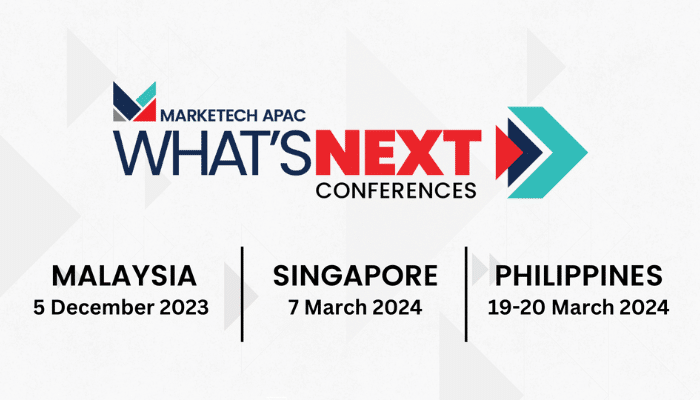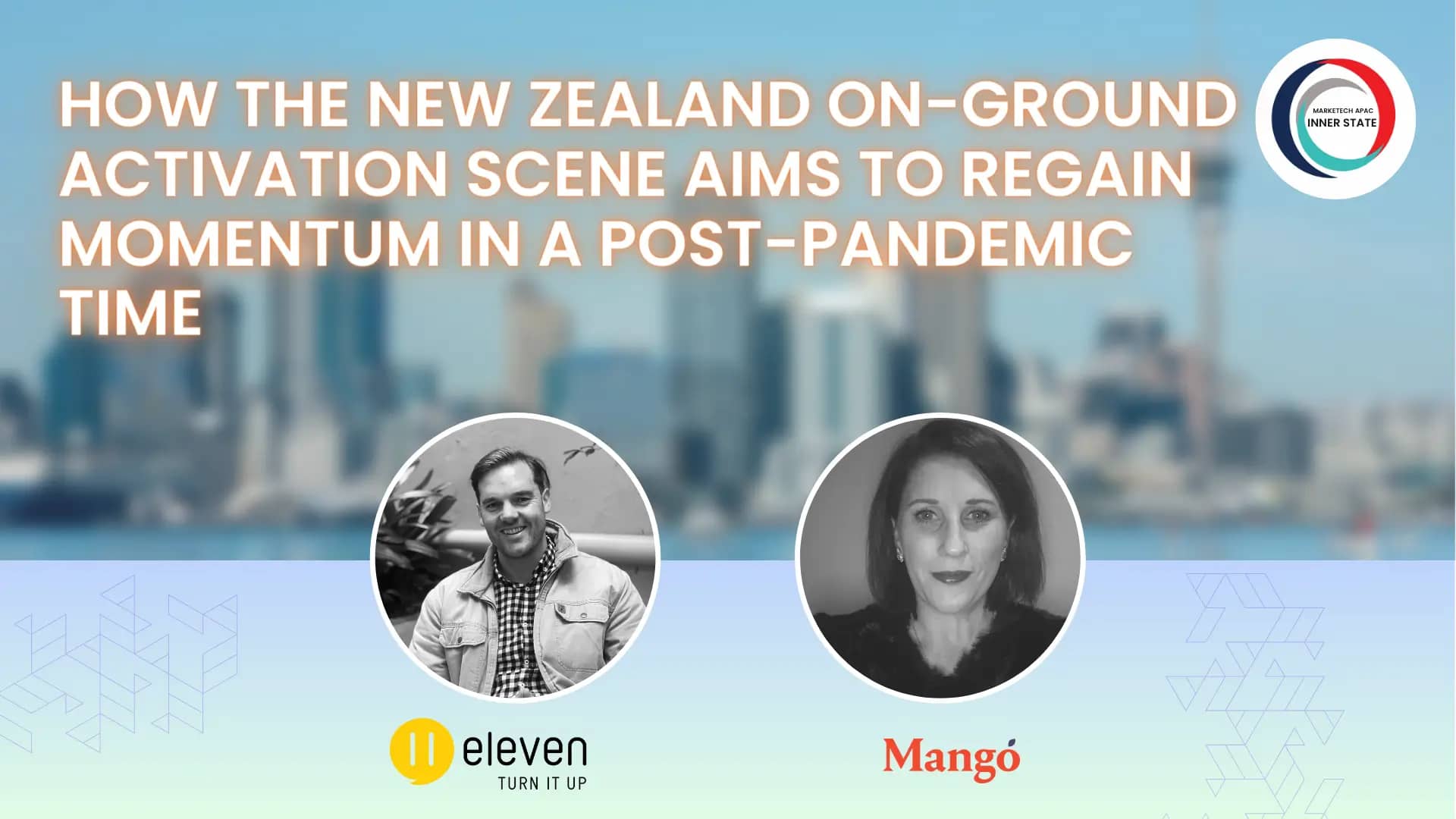Singapore – Nearly half, or 42%, of marketers in the Asia-Pacific region still use AI for content creation while 39% use it for brainstorming, the data from Omnicom Media Group (OMG) showed.
The report from OMG revealed that the AI boom is far from over, with 90% of online information predicted to be AI-generated content by 2026.
While ChatGPT recorded a 10% dip in its users in June 2023, enterprise AI is still thriving and is expected to remain relevant in 2024. This prediction is backed by a 48% increase in AI funding in 2023 and the continuous efforts of tech giants Google and Microsoft to develop and deploy their own generative AI capabilities in 2024.
Moreover, the report showed a rise in the use of visual search in APAC. The function is particularly popular with Chinese consumers, where 84% of the online population in the market now uses visual search at least once a month.
Among the applications leading the charge in visual search are WeChat, AliPay, Baidu, and Tmall. With the function offering a more seamless experience for shoppers in the ‘phygital’ world, visual search is expected to continue its hold in the region in the coming years.
OMG’s report also revealed interesting trends relevant for marketers and advertisers in terms of reaching their audience.
The report showed that connected TV (CTV) still has potential in APAC, as 2023 statistics from GWI recorded CTV and smart stick ownership growing at a five-year compound annual growth rate of 6.5% in the third quarter of the year.
More than half, or 57%, of APAC marketers also shifted at least 40% of their ad budgets to CTV. With the ability to provide consumers with the opportunity to curate their viewing experience, CTV offers a 13% increase in attention index among its viewers and a six-times increase in conversion from streaming ads compared to those on TV.
CTV is also being viewed as a way to further shape the future of areas such as shoppable media and the way ads are bought and served on the platforms, making it a valuable platform to consider for marketers moving forward.
Aside from CTV, another trend brands should look into is the growing interest of consumers in podcasts in APAC. The report revealed that 70% of APAC consumers report a higher level of attentiveness while listening to podcasts.
In fact, 26% of podcast listeners in the region prefer ads in podcasts that feel organic, and 71% of consumers actually take action after listening to ads on a podcast. It is crucial, however, that brands understand the podcast space and its listeners to avoid the feeling of intrusiveness that can disrupt relationships between consumers and podcasters, and ultimately the opportunity.
However, while technology and innovation continue to show relevant growth in APAC, 2024 is also set to crack down on big tech companies. This prediction is anchored on the new legislation being enacted across the region as a way to control emerging technologies.
The new legislation being introduced by countries across APAC aims to encourage healthy competition, ethical use of consumer data, and enforce transparency. Consumers in the region are also rallying behind these laws, with 60% backing government regulation of social media within their country. This record is more than 49% of the global average.
This crackdown has already reached companies like Meta, which has now launched paid, ad-free versions of its platforms by 2024 to comply with data protection regulations. Companies looking into entering APAC are advised to be wary of these country regulations to avoid lawsuits.
Another interesting trend, however, that marketers should consider and that the report further highlights is the growing cynicism among consumers when it comes to ads, which leads to de-influencing.
Deinfluencing, as the report describes, is where influencers look behind the veil of advertising to examine if a brand, product, or service truly lives up to what it promises or if consumers are better off using alternatives.
This trend pushes consumers to demand authenticity and transparency from companies and brands. Therefore, brands and companies should ensure that their brands and the influencers they employ are consistent with their principles and that they have a meaningful purpose.
It is important to note that OMG’s report emphasised how all eyes are now directed towards APAC as a region for innovation and new stories. Even global brands that used to be the inspiration and standard are now looking into APAC to localise their strategies.
The presence of technology allowed the population in the region to access and share their cultural diversity on a global scale. The modern twist to their rich heritage reflects the trends that emerge in the region, which consumers continue to support.
Nina Fedorczuk, chief enablement officer at OMG APAC, said, “Many of us have spent the last few years trying to minimise risk and loss. But we are now living in the New Normal, and with it come new opportunities for growth, new technologies, and new ways of living. We are seeing this across the entire landscape: brands, agencies, innovators, tech firms, and especially consumers. Our OMG 2024 APAC Trends Report covers a diverse group of trends, but at the heart of it lies the idea that we should not always play safe.”


















